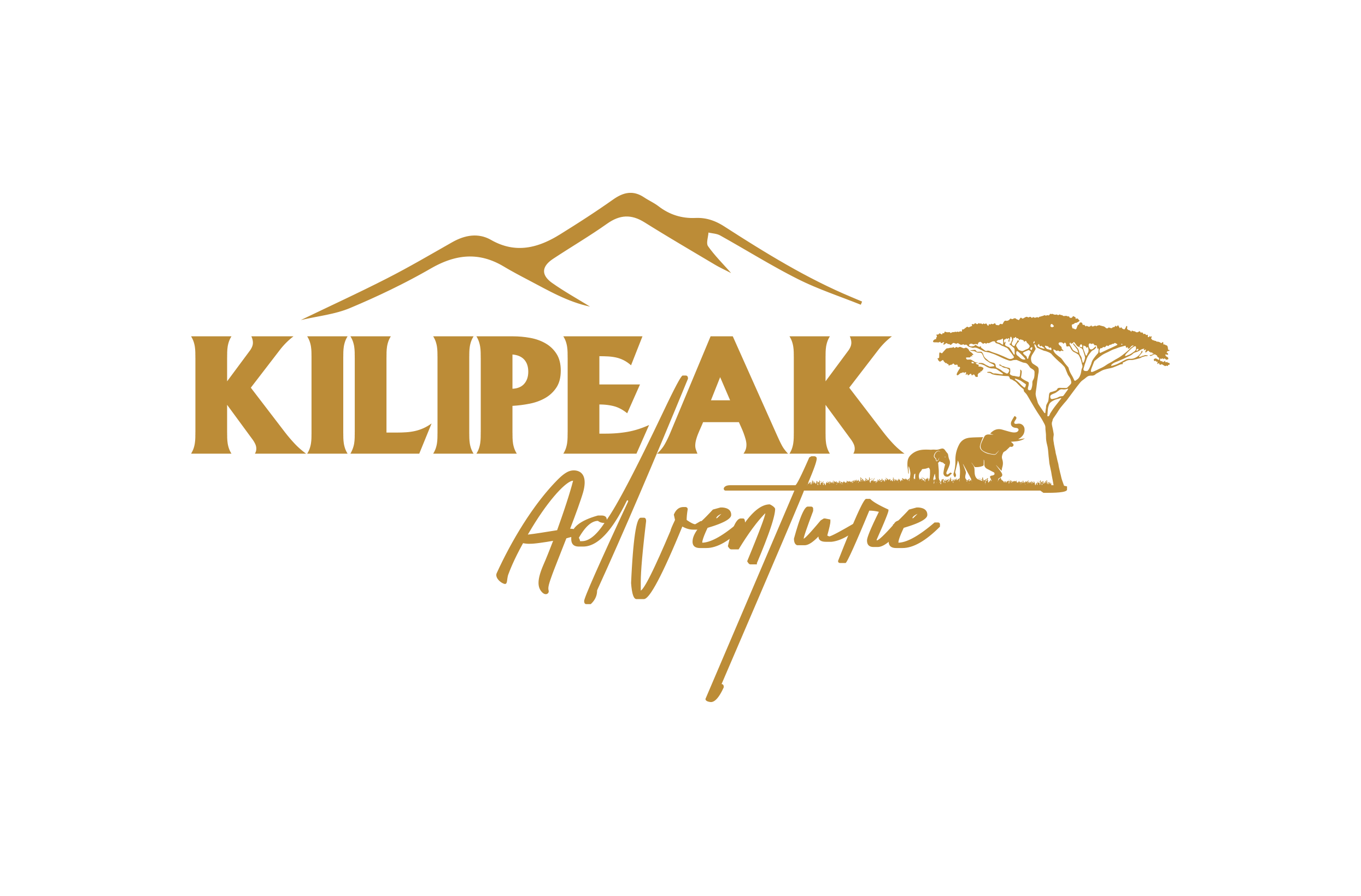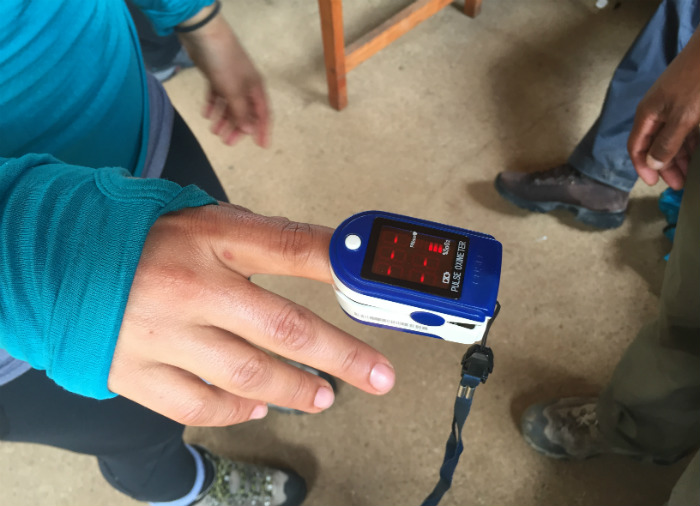Mount Kilimanjaro Health Issues
When you are climbing Mount Kilimanjaro you might encounter so I challenge during your trek some of these challenges are health-related. Once you arrive in Tanzania, we recommend that you have a rest day in either Moshi or Arusha town for the acclimatization of weather as well as resting from jet lag before attempting Kilimanjaro. There are numerous health issues while climbing Kilimanjaro as listed below and the majority of them are due to the change of altitude and weather
Acute Mountain sickness (AMS)
Acute Mountain Sickness is also referred to as “Altitude Sickness”, and as the name indicates the illness is commonly encountered at exceptionally high altitudes, , usually above 2400m (8000 feet) such as on Mount Kilimanjaro. AMS, once apparent, can be most effectively treated by immediately taking the affected person to a lower altitude. Often a drop as little as 500m will be sufficient. The symptoms of AMS include in the order normally experienced; headaches, nausea, anorexia, exhaustion, lassitude, rapid pulse, insomnia, swelling of the hands and feet, and reduced urine output.
Causes of altitude sickness
AMS is caused by reduced air pressure and lower oxygen levels at high altitudes. The faster you climb, the more likely you will get AMS. It is not only the height that matters so much, it is the rate of ascent.
You are at higher risk for AMS if you live near sea level and have had the illness before. Others at risk are those with diseases of the heart/lungs such as chronic bronchitis and asthma, people who are anaemic and those with a history of thromboses. Older people and children are also more susceptible to AMS.
Symptoms of altitude sickness
Your symptoms will depend on the rate of your climb and how hard you push yourself. Symptoms usually start 12 – 24 hours after arrival at altitude and can affect the nervous system, lungs, muscles and heart. It is important to remember that reducing the symptoms is not curing the problem. The symptoms of altitude illness are similar to those of a hangover. Initially it starts with a headache, lack of appetite, tiredness and feeling off balance. Many hikers find it difficult to sleep. Then nausea sets in and vomiting starts. Headaches are getting more intense. If you continue, conditions might deteriorate. Sometimes the lack of oxygen can cause the leaking of fluid into the brain and lungs. High Altitude Cerebral Edema (HACE) and High Altitude Pulmonary Edema (HAPE) can develop. Our guides are very experienced with AMS. They will be monitoring all symptoms and will take a safe and well-informed decision on whether to proceed or descend. Most often symptoms will be swiftly relieved with decreasing altitude.
More severe acute mountain sickness includes:
- Blue skin and lips (cyanosis) and grey or pale complexion
- Tight chest
- Cough and coughing up blood
- Confusion, decreased consciousness or withdrawal from social interaction
- Not being able to walk in a straight line or unable to walk.
Preventive measures to avoid of altitude sickness” AMS
The slower you go, the better you will acclimatize and the higher you are likely to go without experiencing many symptoms. Recognize early symptoms of AMS and if symptoms increase, descend. Your guide will help you take a decision. The only cure is either acclimatization or descent.
- by maintaining a slow steady pace from day, one giving enough time for your body to adapt to the altitude. “pole pole” is a common Swahili phrase translating to slowly,
- Drink plenty of fluids while climbing, at least 3 to 4 liters of water per day.
- Avoid alcohol when ascending
- Talk to your doctor before you attempt to climb Kilimanjaro and ask about the correct preparation, first-aid medication and treatment options for AMS. If you are anaemic, ask your doctor for an iron supplement.
- extra day of acclimatization at a high altitude
Note: altitude sickness is the most common of the Kilimanjaro health issues be sure to follow preventive measures above
Hypothermia
Hypothermia is the lowering of the body’s core temperature.
- Cause, if you clothing get wet or perspiration meaning the cold will now be under your clothing layers and will lead to falling of your body temperature
- Prevention, correct equipment and clothing is critical, proper layers of clothing (moisture winking fabric) will prevent hypothermia (see full packing list guideline).
- Treatment, is by getting to a shelter, removing all wet clothing and getting the victim warm (placing him/her inside two or three sleeping bags preferably with another person)
Stomach troubles
Travelers’ diarrhea is rarely serious or life-threatening, but it does make for an unpleasant trip. Eat only food that is cooked and served hot. Make sure raw fruits are peeled and wash them in clean water. Stay hydrated but drink only sealed beverages and boiled and purified water. Use an alcohol-based hand sanitizer to clean your hands before eating.
Many travelers carry antibiotics with them so they can treat diarrhea early if they start to get sick. Ask your doctor for an antibiotic before you leave on your trip or use over-the-counter medicine such as Lomotil or Imodium to treat the symptoms of diarrhea.
Sun-related injuries
About 55% of the earth’s protective atmosphere is below an altitude of 5000m. Far less ultraviolet light is being filtered out, making the sun’s rays much more powerful, which could result in severe sun burning of the skin.
Preventives
- It is strongly recommended to use a 20+ sun protection cream at lower altitudes,
- total block cream above an altitude of 3000m.
- It is also important to wear dark sun glasses preferably with side panels above 4000m in daytime and essential when walking through snow or ice. Snow blindness can be very painful, and will require your eyes to be bandaged for at least 24 hours.
Fitness
Any climber who suffers from any cardiac or pulmonary problems should be cautious and should not attempt to climb the mountain unless they have consulted their physician. It is strongly recommended that a physical fitness program is followed to prepare yourself physically for the mountain.
Feet problems
Poor-fitting, new or little-used boots will result in blistering feet. Even if boots are only slightly too small, your toes will get bruised, particularly on your descendants.
Prevention
- It is it therefore also important to keep your toe nails short for the climb.
- Developing blister should be treated immediately as soon as the “hot spot” is felt. Remove the boot and cover the area with a zinc oxide tape or something similar.
Malaria medicine
Except for the rainforest section, there are almost no mosquitoes on the mountain due to the height above sea level, but you might want to consider taking prophylaxis against malaria if setting off on a safari in Tanzania either before or after your climb. Some anti-malarial medicine may have side-effects. Consult your doctor for advice on whether or not to take malaria prophylaxis and about the effect of altitude on the effects of your malarial medicine.
First-aid kit
Your medical kit should include the following: insect protection, medicine for diarrhea, nausea and headache, band-aids, antiseptic cream, painkillers, throat lozenges and tweezers. Also pack blister plasters (or moleskin) and hand sanitizer. Aloe ferox gel is good for chafing and sunburn and Voltron gel is good for sore muscles. Remember your medical insurance card, doctors’ prescriptions for any special medicines and contact numbers of your family.
Safety
Success is what we want during our trip. We are prepared for any urgent situation and also have in place a complete evacuation procedure in case of altitude sickness. We carry first aid supplies, supplement summit oxygen, and Pulse Oximeters).
Travel insurance
all customers traveling with Kilipeak Adventure are required to have fully comprehensive travel insurance. The policy needs to be valid from the date that the initial order is placed so as to provide cover for a cancellation prior to departure. During travel, the insurance needs to provide comprehensive medical, evacuation, and repatriation cover


